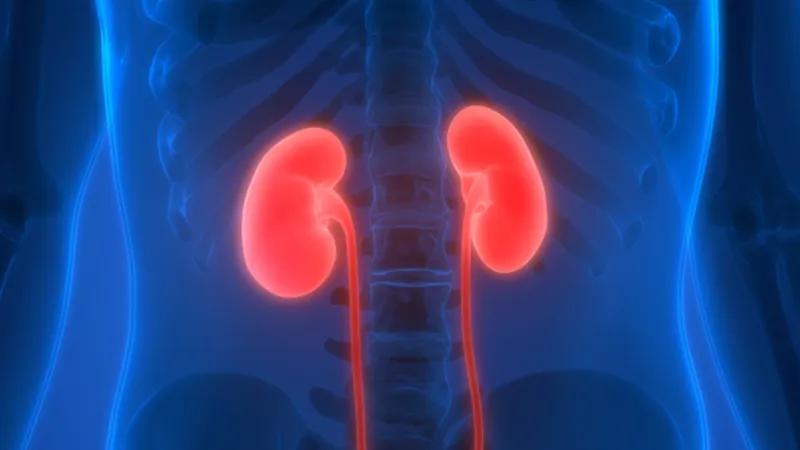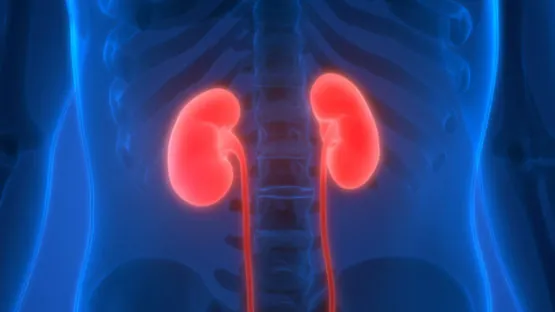Recent data published in Scientific Reports has characterized human urine-derived renal stem cells, a potential non-invasive source for kidney tissue engineering and regenerative medicine.
An unlikely source for kidney cells
The kidney is, by far, the most frequently transplanted organ. This is because donors are much easier to find, as individuals can survive with a single kidney, but also because chronic kidney disease is a common age-related disease. Despite the higher availability of kidney donations, not all patients who need a kidney are able to receive one. Additionally, donors place themselves at significant risk of surgical complications, while recipients also risk complications from immune rejection or a lifetime of immunosuppression. Researchers have attempted to grow kidney tissues in the lab to serve as substitutes for organ donation, but there is much that remains unknown about kidney regeneration.
Cell sourcing is a particularly difficult challenge for kidney tissue engineering. Kidney biopsies are invasive, and not many cells can be taken without being detrimental to the tissue. Cells from non-kidney sources can be manipulated towards kidney phenotypes, but often still retain some characteristics of their source tissue. Recently, researchers have discovered cells that are excreted in the urine, but it is unclear if these cells are healthy and if they can be collected in sufficient numbers. Researchers from Heinrich Heine University Düsseldorf in Germany have characterized these cells in this new study, showing that they have therapeutic potential and paving the way for future studies using this cell population [1].
What are urine-derived kidney progenitor cells like?
The researchers isolated kidney progenitor cells from urine samples collected from 10 individuals aged 21-61 years old. These cells displayed a healthy morphology and proliferation rate in vitro. This is a low hurdle in the realm of cell culture, but it is an important one, as it suggests that the cells excreted in the urine were in fact healthy instead of discarded or diseased. They also exhibited several kidney-specific markers as measured by both flow cytometry and immunostaining. Furthermore, this phenotype was maintained over 12 passages, enough to turn the very small population excreted in the urine into hundreds of millions of cells. Interestingly, they also identified MSC-like phenotypes from this cell population, and further differentiation studies showed that they were capable of differentiating into chondrocytes, osteoblasts, and adipocytes as well.
Gene expression comparisons of this cell population to previously published databases of kidney progenitor cells acquired by biopsy showed extensive similarities, suggesting that the urine-derived nature of these cells doesn’t negatively impact their potential for regenerative medicine applications. These progenitor cells were also able to differentiate into kidney epithelial proximal tubular cells, a major cell type of the nephron, and this process was extensively characterized to identify the pathways involved. CD133 and pSMAD2/3 were involved in maintaining the stem cell phenotype of these cells, while JUN, BMP7, and pSMAD1/5/8 were implicated in the differentiated phenotype.
Human urine is a non-invasive source of renal stem cells with regeneration potential. Urine-derived renal progenitor cells were isolated from 10 individuals of both genders and distinct ages. These renal progenitors express pluripotency-associated proteins- TRA-1-60, TRA-1-81, SSEA4, C-KIT and CD133, as well as the renal stem cell markers -SIX2, CITED1, WT1, CD24 and CD106. The transcriptomes of all SIX2+ renal progenitors clustered together, and distinct from the human kidney biopsy-derived epithelial proximal cells (hREPCs). Stimulation of the urine-derived renal progenitor cells (UdRPCs) with the GSK3β-inhibitor (CHIR99021) induced differentiation. Transcriptome and KEGG pathway analysis revealed upregulation of WNT-associated genes- AXIN2, JUN and NKD1. Protein interaction network identified JUN- a downstream target of the WNT pathway in association with STAT3, ATF2 and MAPK1 as a putative negative regulator of self-renewal. Furthermore, like pluripotent stem cells, self-renewal is maintained by FGF2-driven TGFβ-SMAD2/3 pathway. The urine-derived renal progenitor cells and the data presented should lay the foundation for studying nephrogenesis in human.
Conclusion
Cell sourcing is a major limitation in the development of kidney regeneration therapies. Urine provides a surprisingly robust source for kidney progenitor cells, making up for very low yields with a collection method that is cheaper and less invasive. These cells retain their proliferation and differentiation capabilities as well as important kidney specific behaviors. The in-depth characterization of these cells, while not testing any therapeutic effects directly, lays important groundwork for futures studies in that direction.
Literature
[1] Rahman, M.S., Wruck, W., Spitzhorn, L-S., Nguyen, L., Bohndorf, M., … & Adjaye, J. (2020). The FGF, TGFβ and WNT axis Modulate Self-renewal of Human SIX2+ Urine Derived Renal Progenitor Cells. Scientific Reports, 10:739. https://doi.org/10.1038/s41598-020-57723-2




